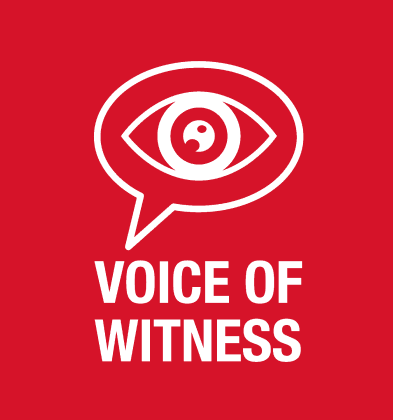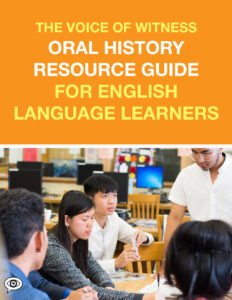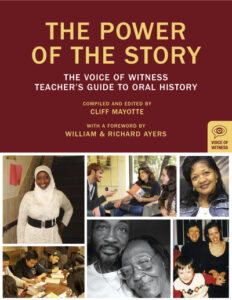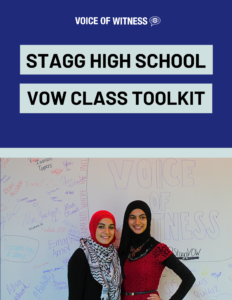Creating an oral history cookbook provides students with the opportunity to connect with their own cultural knowledge while building speaking, listening, reading and writing skills. Interviews center around a recipe that’s meaningful to students’ families, and is an accessible way to highlight the stories within a family and community.
This guide includes resources to help educators launch their own oral history cookbook project, including: a project overview and checklist, a project rubric, oral history guidance and interview questions. In this project, students explore the following questions:
- How does storytelling and asking thoughtful questions connect me with my family and my culture?
- What significance does food have in my family, community and/or culture?
Grades: Flexible and adaptable for older elementary school, middle school, and high school. Lessons contain translations for Spanish speaking students and are appropriate for other English language learners.
Time Needed: Project timeline is flexible, but will likely take place over 2-3 weeks.
Objectives:
- Students will connect with their family traditions through food and storytelling
- Students will be able to craft generative questions that elicit a detailed story
- Students will develop ethical interviewing and editing practices for creating oral history narratives
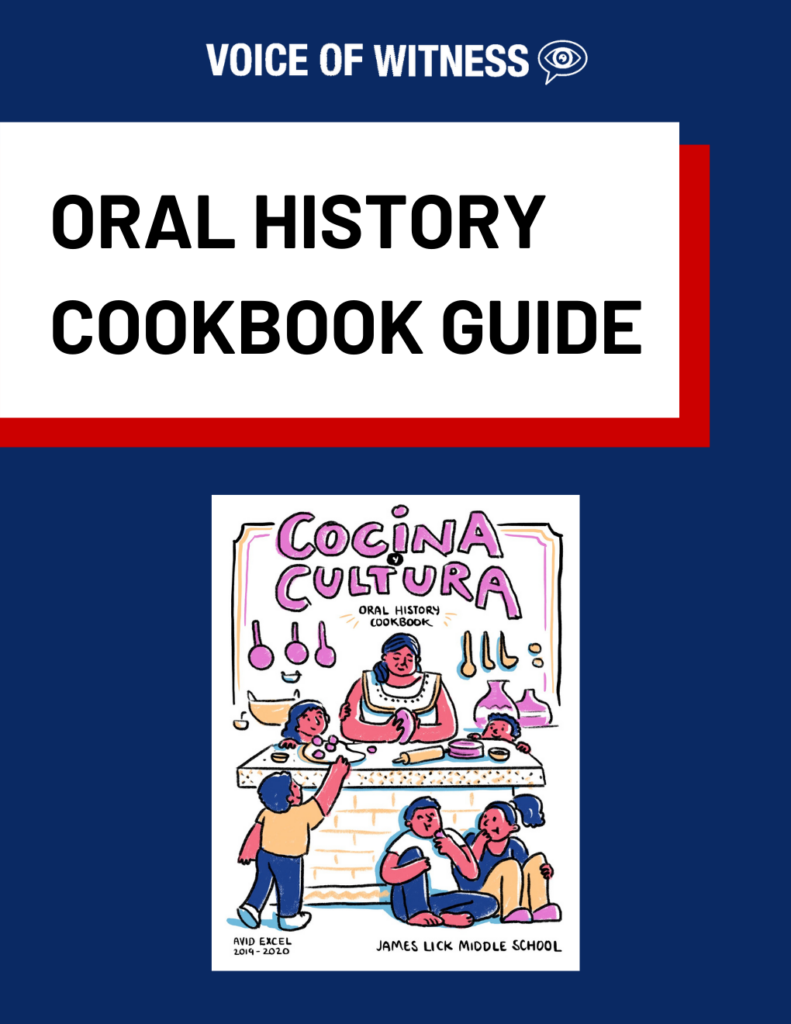
Download the Oral History Cookbook Guide
* Required fields
Working with English Language Learners
Oral history is a useful tool for all students, and particularly for English Language Learners (ELLs), as it incorporates literacy, critical thinking, culturally relevant content, and a participatory vision of history. Through oral history activities, students can connect their own cultural knowledge with their academic journey and find more opportunities for visibility and voice, while building their speaking, listening, reading and writing skills. Bringing first-person narratives into the classroom, especially from families of multilingual students and/or immigrant community members, helps students envision their own stories within the curriculum.
